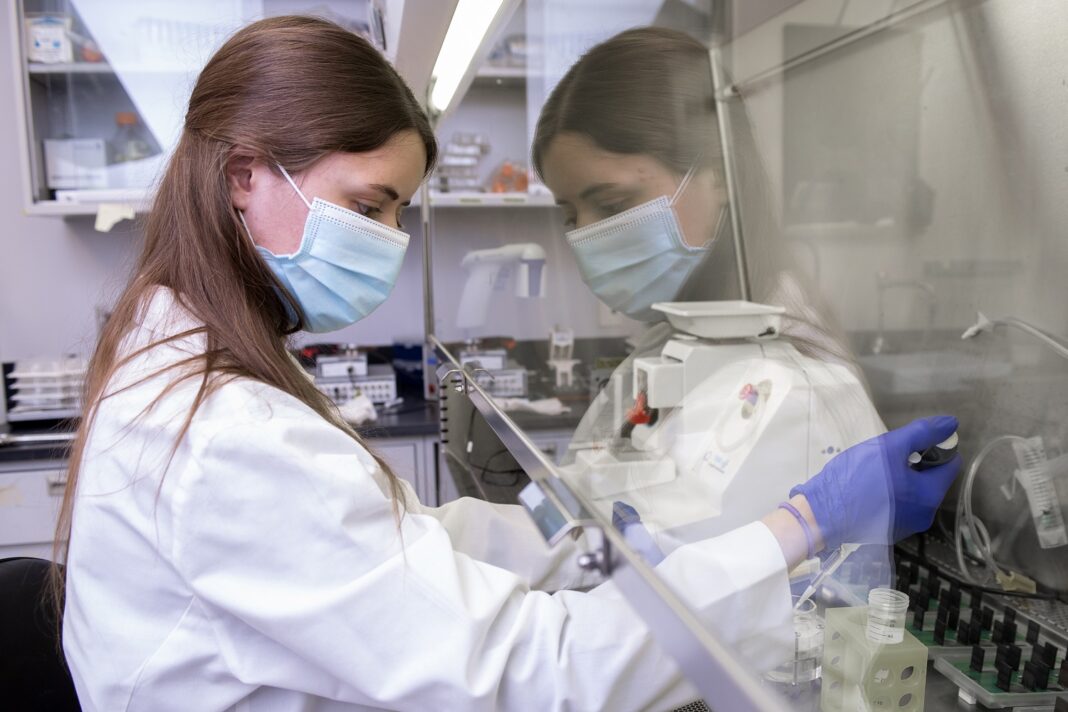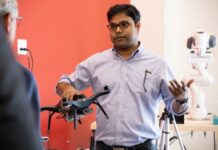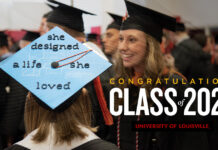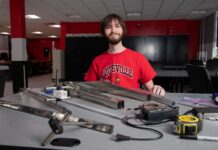
LOUISVILLE, Ky. – University of Louisville research could help spur new medicines by extending the usable life of test heart tissue from one day to 12. The findings were published in the journal Nature – Communications Biology.
Biomedical researchers use slices of heart tissue to test the effectiveness and toxicity of new drugs, drug candidates and gene therapies. Until recently, the limited, 24-hour usable life of those slices created a major barrier to drug discovery, slowing down the development of new, potentially life-saving medications.
UofL methods, developed by a multidisciplinary team from the School of Medicine and J.B. Speed School of Engineering, extended the tissue’s usable life first to six days with a discovery in 2019, and now to 12 days, by mimicking the conditions experienced by a living heart. The tissue ‘lives’ in a pneumatic chamber, receiving electrical stimulation and nutrition and pumping air instead of blood.
“We’ve created a complete cardiac cycle within the chamber, so the heart tissue stays pumping and viable for longer,” said Tamer M. A. Mohamed, an associate professor of medicine who led the research. “This system will save time and costs of clinical trials during Phase 1 research, which includes testing for toxicity and proof of efficacy.”
Because of the short shelf-life of human heart tissue, many drug candidates today are tested in ways that poorly emulate living heart tissue or use tests that otherwise don’t show the full range of potential side effects related to cardiotoxicity. This causes some drug candidates to fail Phase 1 clinical trials or, worse, be taken off the market after being launched for clinical use. The UofL team believes their method can help solve this problem, potentially leading to better, safer medications.
“A longer shelf-life, as using our method, gives them more time for proper testing and access to the right materials,” said Jessica Miller, a graduate student researcher and an author on the paper. “That could lead to faster advancements in how we treat heart-related conditions.”
The UofL methods and culture device are patent-pending and available for license through the university’s Office of Research and Innovation. The researchers also have been working with the entrepreneurs in residence team — part of the office’s entrepreneurial arm, UofL New Ventures — to explore potential paths to market.
###
Get more news from UofL delivered straight to your inbox every Thursday evening by signing up for our UofL News Weekly Roundup here: uoflalumni.org/uoflnews-signup.
























